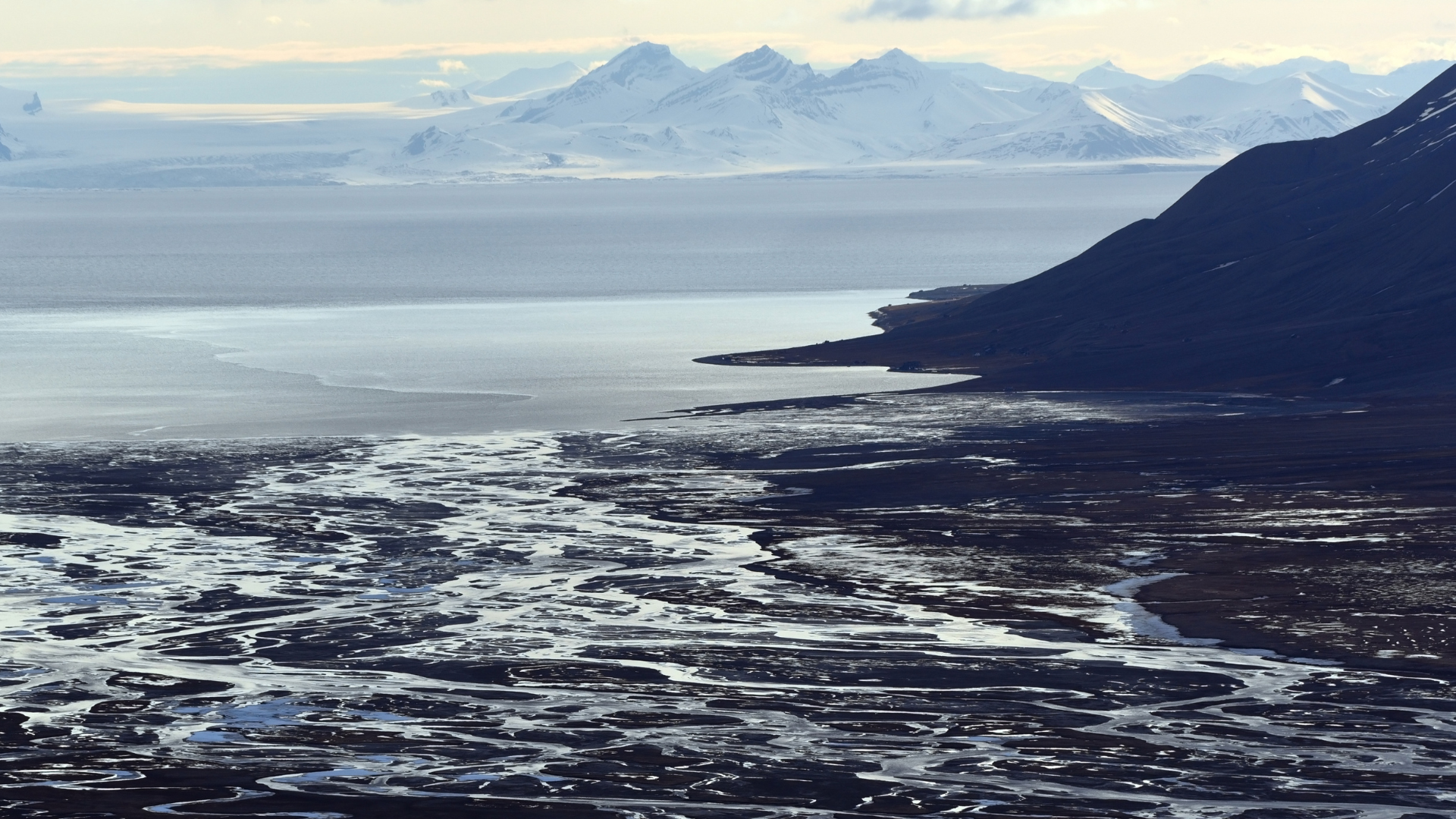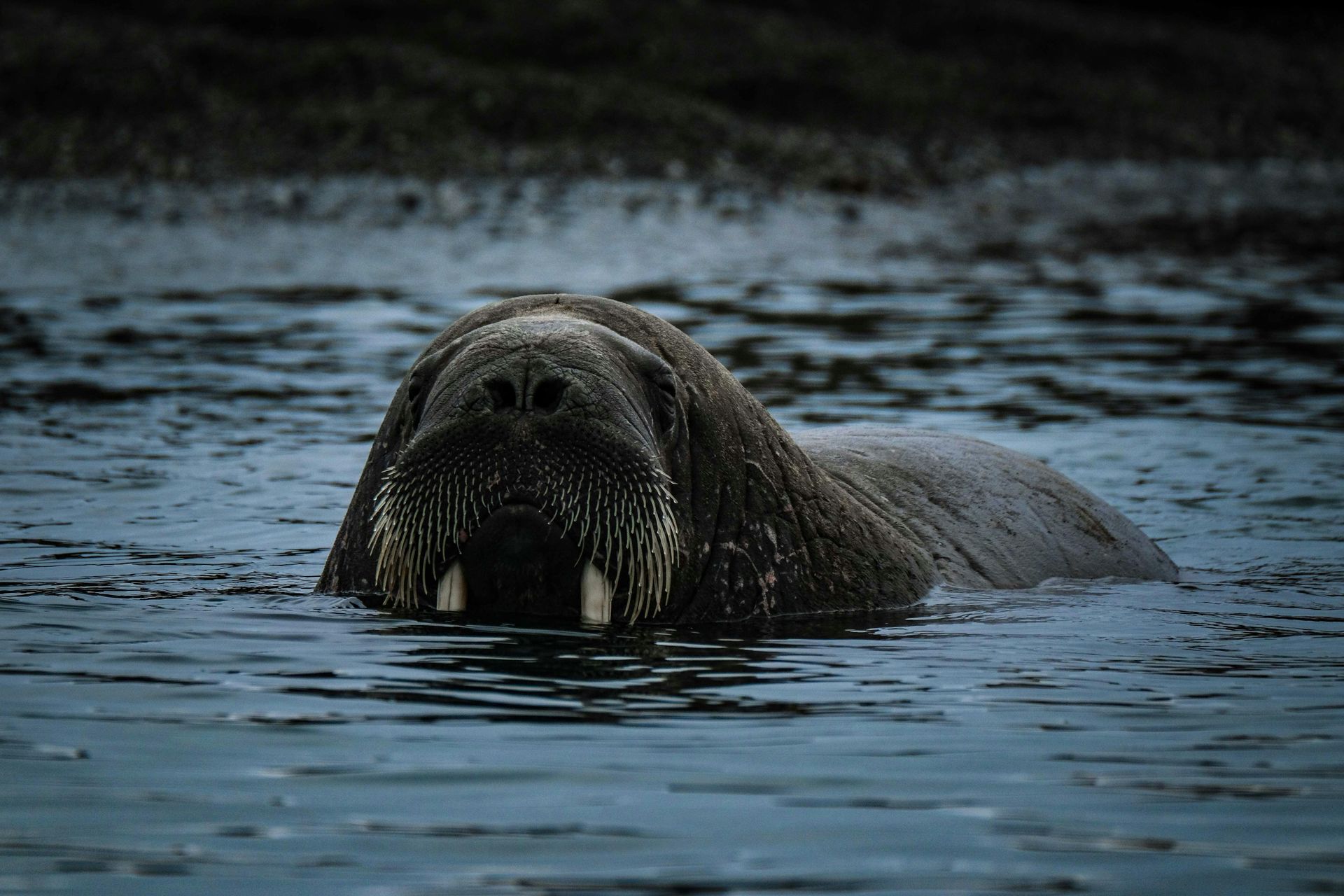The History of Svalbard: From Early Exploration to Modern Day
The History of Svalbard: From Early Exploration to Modern Day

Svalbard has a fascinating history, one that includes early exploration, a thriving mining industry, and the development of scientific research. This remote archipelago, once a key hunting ground for whalers and explorers, has transformed into a global hub for scientific study and Arctic tourism.
Early Exploration
Svalbard’s first known discovery occurred in the early 16th century, when Dutch explorer Willem Barentsz mapped the islands during his search for the Northeast Passage. However, it wasn’t until the late 1800s that explorers began to settle on the islands, drawn by the rich natural resources and the possibility of new trade routes.
Mining and Industry
In the early 1900s, the discovery of coal on Svalbard led to the establishment of mining operations, and the town of Longyearbyen was founded in 1906 as a mining settlement. For much of the 20th century, Svalbard’s economy was based on coal mining, though today the industry is far less dominant.
Svalbard’s Role in Arctic Research
Svalbard has always been a crucial location for Arctic research. Its remote location and unique climate make it ideal for studying climate change, glaciology, and Arctic ecosystems. The University Centre in Svalbard (UNIS) is a leading institution, and scientists from all over the world come to Svalbard to conduct research in a pristine environment.
Tourism Development
In the 21st century, tourism has become a vital industry for Svalbard. Visitors come from around the world to experience the Arctic wilderness, whether it’s to see polar bears, witness the Northern Lights, or simply explore the untouched landscapes. Longyearbyen has evolved into a small but thriving hub for tourists seeking adventure and a connection to one of the world’s most remote environments.











